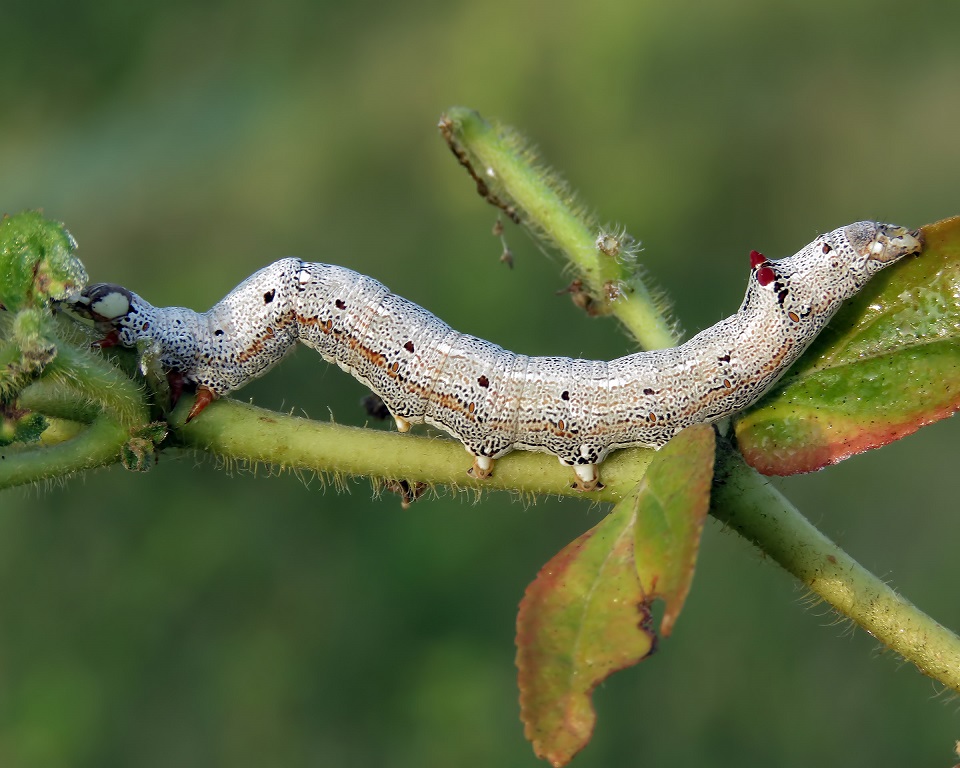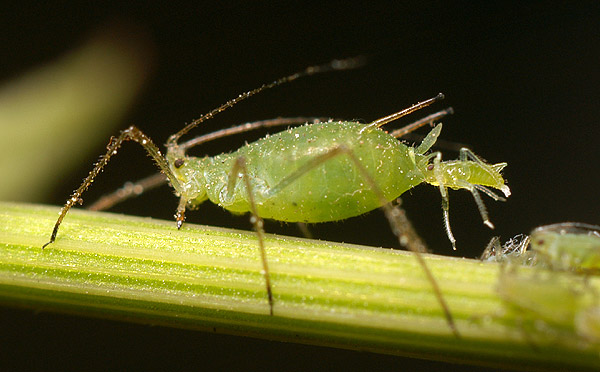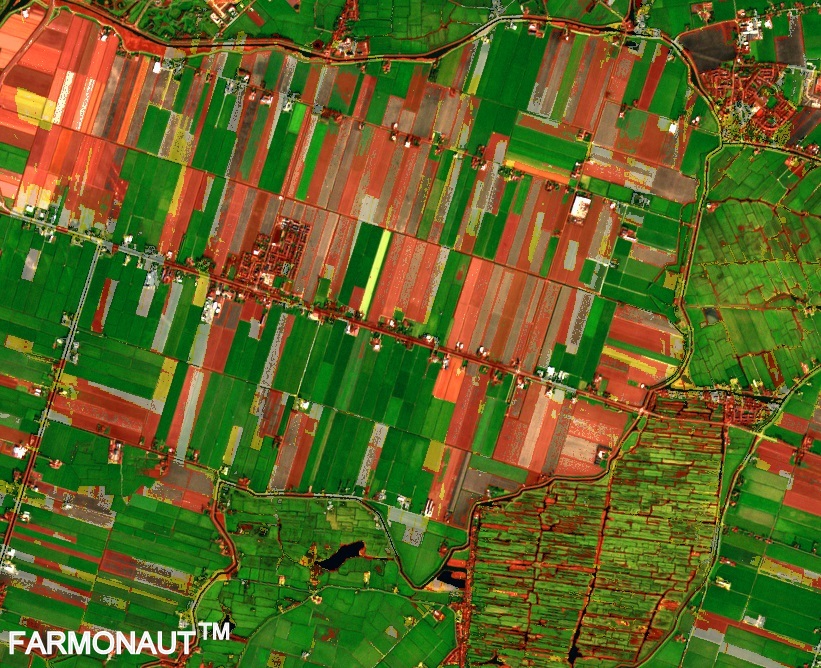Maximizing Egg Production: Sustainable Transition to Fully Beaked White Birds in Free-Range Farming
“Transitioning to fully beaked white birds can increase egg production rates by up to 15% in free-range farming.”
Welcome to our comprehensive guide on revolutionizing free-range egg production through sustainable farming practices. In this blog post, we’ll explore the innovative transition from brown to fully beaked white birds in poultry farm management, highlighting strategies to optimize egg production while prioritizing animal welfare in agriculture.
The Evolution of Free-Range Egg Production
As we delve into the world of poultry farming, it’s crucial to understand the evolving landscape of free-range egg production. The industry is witnessing a significant shift towards more sustainable and welfare-conscious practices, with farmers increasingly recognizing the benefits of transitioning to fully beaked white birds.
This transition is not just about changing the color of the birds; it’s a holistic approach to improving farm management, enhancing flock performance, and meeting the growing demands of retailers and consumers for more ethical and sustainable egg production.
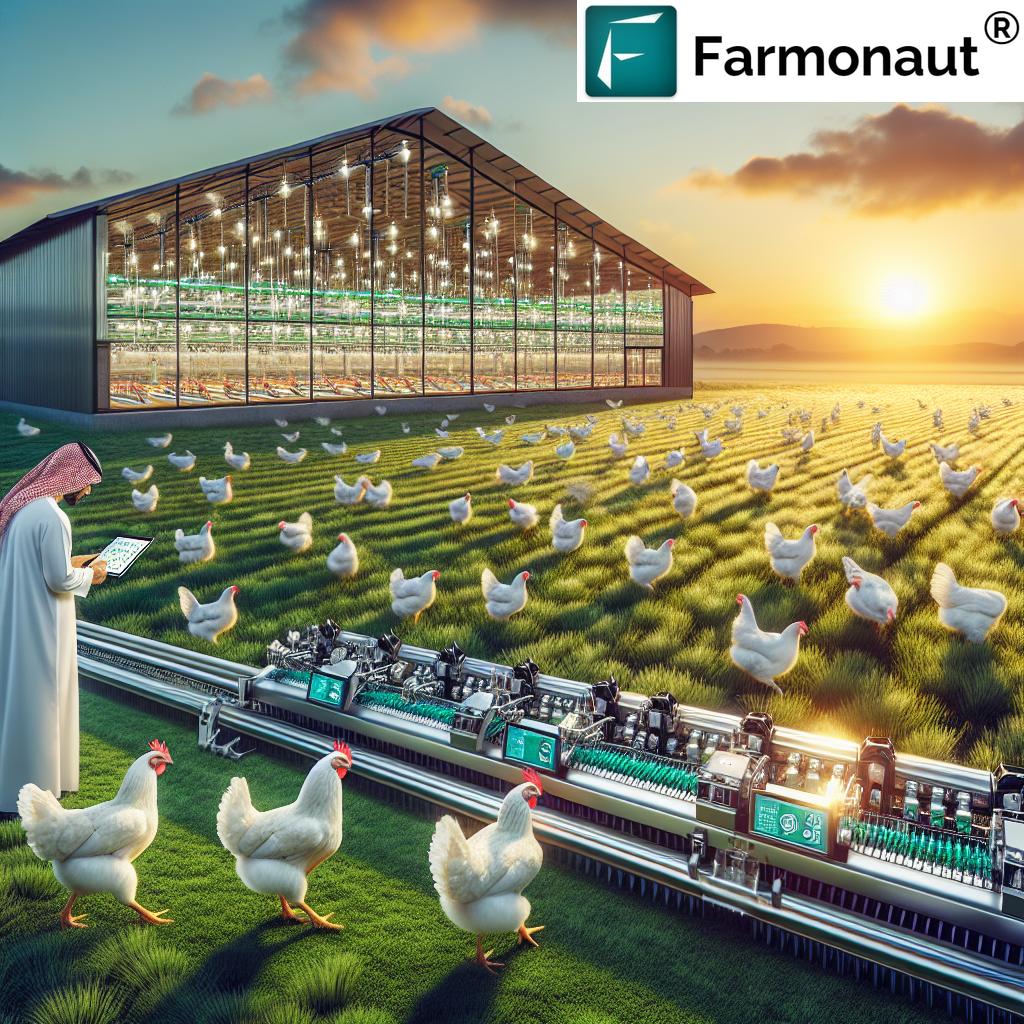
Why Transition to Fully Beaked White Birds?
The transition to fully beaked white birds in free-range farming offers numerous advantages:
- Improved Egg Production: White birds typically have higher egg production rates compared to their brown counterparts.
- Extended Production Cycles: Fully beaked white birds often have longer laying periods, contributing to increased overall productivity.
- Enhanced Bird Welfare: The transition often involves improved management practices that prioritize bird health and well-being.
- Better Feed Conversion: White birds generally have better feed conversion ratios, leading to more efficient resource utilization.
- Reduced Stress Levels: Proper management of fully beaked birds can result in lower stress levels and fewer behavioral issues.
As we explore these benefits in detail, it’s important to note that successful implementation requires careful planning and execution. Let’s dive deeper into the key aspects of this transition.
Optimizing Flock Performance with Fully Beaked White Birds
Transitioning to fully beaked white birds is not just about changing the type of bird; it’s about implementing a comprehensive strategy to optimize flock performance. Here are some key considerations:
- Breed Selection: Choose white bird breeds known for their high egg production and adaptability to free-range environments.
- Environmental Enrichment: Implement enrichment strategies to promote natural behaviors and reduce stress.
- Nutrition Management: Tailor feed formulations to meet the specific nutritional needs of white birds for optimal egg production.
- Health Monitoring: Establish robust health monitoring protocols to ensure early detection and prevention of potential issues.
By focusing on these areas, farmers can significantly enhance the performance of their flocks, leading to improved egg production and bird welfare.
Managing Bird Behavior and Stress in Free-Range Systems
One of the critical aspects of successful free-range egg production is effective management of bird behavior and stress. Fully beaked white birds require specific strategies to ensure their well-being and productivity:
- Consistent Routines: Establish and maintain consistent daily routines to reduce stress and promote a sense of security among the birds.
- Environmental Control: Optimize lighting, temperature, and ventilation in the laying sheds to create a comfortable environment.
- Flock Density Management: Ensure appropriate stocking densities to prevent overcrowding and associated stress.
- Enrichment Activities: Provide a variety of enrichment activities and materials to encourage natural behaviors and reduce boredom.
Implementing these strategies can significantly reduce stress levels in the flock, leading to improved welfare and egg production.
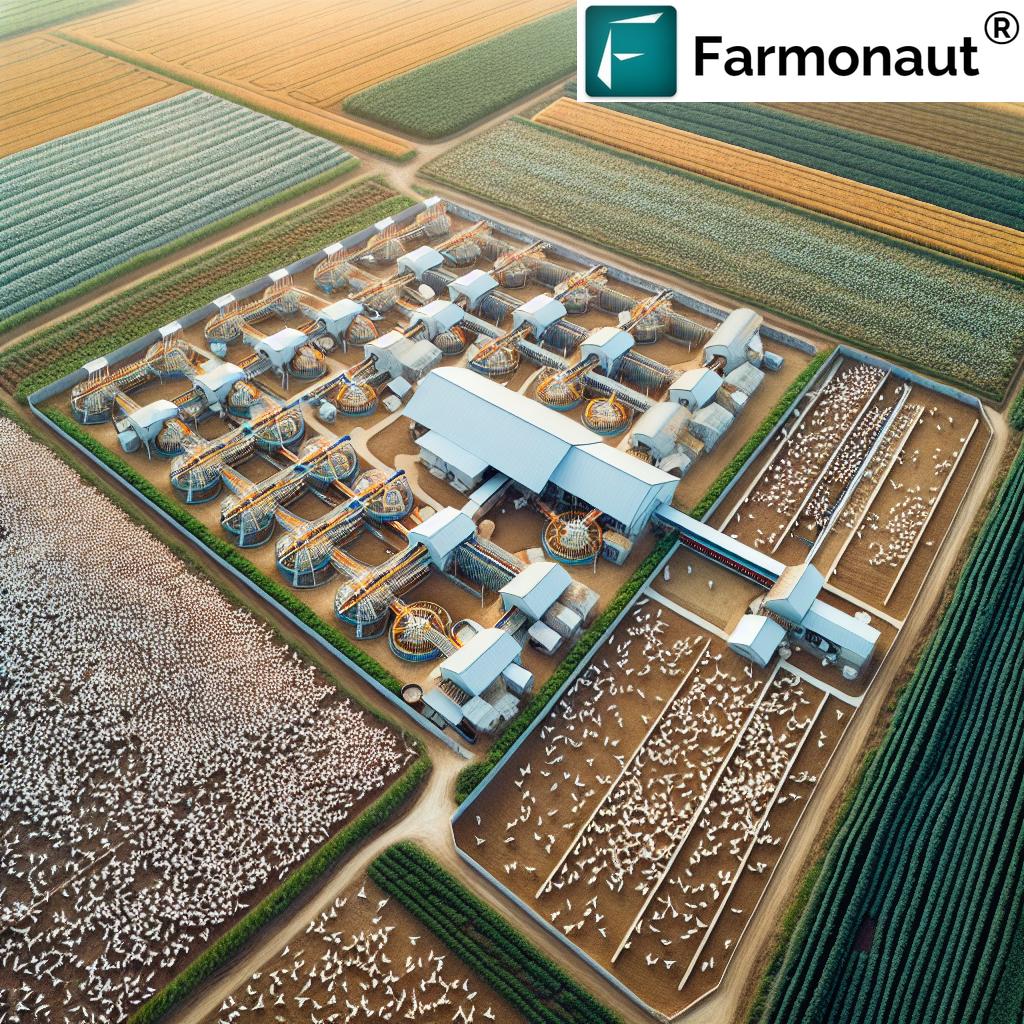
Environmental Enrichment Techniques for Poultry
Environmental enrichment plays a crucial role in promoting natural behaviors and reducing stress in fully beaked white birds. Here are some effective techniques:
- Perches and Platforms: Install various perching options at different heights to encourage natural roosting behaviors.
- Dust Bathing Areas: Provide designated areas with suitable substrates for dust bathing, a natural behavior that helps maintain feather condition.
- Foraging Opportunities: Scatter feed or provide pecking blocks to stimulate natural foraging instincts.
- Novel Objects: Introduce safe, novel objects periodically to keep the birds curious and engaged.
These enrichment techniques not only improve bird welfare but also contribute to better overall flock performance and egg production.
“Free-range farms adopting white bird transitions can extend production cycles by 8-10 weeks, improving overall efficiency.”
Transitioning Your Poultry Flock: Step-by-Step Guide
Transitioning to fully beaked white birds requires careful planning and execution. Here’s a step-by-step guide to help farmers navigate this process:
- Assessment and Planning: Evaluate your current setup and develop a comprehensive transition plan.
- Infrastructure Adjustments: Make necessary modifications to your laying sheds and outdoor areas to accommodate the new flock.
- Staff Training: Ensure your team is well-trained in managing fully beaked white birds.
- Gradual Introduction: If possible, introduce the new birds gradually to minimize disruption.
- Monitoring and Adjustment: Closely monitor the flock during the transition period and make adjustments as needed.
By following these steps, farmers can ensure a smooth transition to fully beaked white birds, setting the stage for improved egg production and flock performance.
Sustainable Farming Practices in Free-Range Egg Production
The transition to fully beaked white birds aligns with broader sustainability goals in agriculture. Here are some sustainable farming practices to consider:
- Resource Efficiency: Implement water and energy conservation measures in your farm operations.
- Waste Management: Develop effective waste management systems to minimize environmental impact.
- Biodiversity Promotion: Integrate practices that support local biodiversity in and around your farm.
- Carbon Footprint Reduction: Explore ways to reduce your farm’s carbon footprint through efficient operations and renewable energy use.
By adopting these sustainable practices, farmers can not only improve their environmental impact but also meet growing consumer demand for sustainably produced eggs.
Leveraging Agricultural Technology for Egg Farms
In today’s digital age, agricultural technology plays a crucial role in optimizing egg farm operations. Here’s how technology can support the transition to fully beaked white birds:
- Automated Monitoring Systems: Implement sensors and IoT devices to track environmental conditions and bird health.
- Data Analytics: Use data analytics tools to gain insights into flock performance and identify areas for improvement.
- Feed Management Systems: Employ precision feeding systems to optimize nutrition and reduce waste.
- Farm Management Software: Utilize comprehensive farm management software to streamline operations and improve decision-making.
One such technology solution that can significantly benefit egg farmers is Farmonaut. This innovative platform offers advanced satellite-based farm management solutions, providing valuable insights for efficient farm operations.
Discover how Farmonaut can revolutionize your egg farming operations:
For developers interested in integrating Farmonaut’s powerful features into their own applications, explore our API and API Developer Docs.
Financial Benefits of Transitioning to Fully Beaked White Birds
The transition to fully beaked white birds can lead to substantial financial benefits for egg farmers. Here’s a breakdown of potential economic advantages:
- Increased Egg Production: Higher laying rates translate to more eggs per bird, boosting overall farm output.
- Extended Production Cycles: Longer laying periods mean more eggs over the lifetime of each bird.
- Improved Feed Efficiency: Better feed conversion ratios can lead to reduced feed costs.
- Premium Market Positioning: The ability to market eggs from fully beaked birds as a welfare-friendly product can command higher prices.
- Reduced Healthcare Costs: Improved bird health can lead to lower veterinary and medication expenses.
While the initial transition may require investment, the long-term financial benefits can be significant, making it an attractive option for forward-thinking farmers.
Comparison: Brown vs. Fully Beaked White Birds in Free-Range Egg Production
| Aspect | Brown Birds | Fully Beaked White Birds |
|---|---|---|
| Average egg production per bird (estimated) | 280-300 eggs/year | 300-320 eggs/year |
| Production cycle length (weeks) | 72-76 weeks | 80-86 weeks |
| Feed conversion ratio | 2.1-2.3 | 1.9-2.1 |
| Bird longevity (weeks) | 80-85 weeks | 90-95 weeks |
| Stress indicators (e.g., feather pecking incidents) | Moderate | Low |
| Environmental enrichment techniques | Standard | Advanced |
| Laying shed layout considerations | Traditional | Optimized for behavior |
| Estimated farm income per 1000 birds (annual) | $35,000-$40,000 | $42,000-$48,000 |
| Retailer preference score (scale 1-10) | 7 | 9 |
| Sustainability rating (scale 1-5) | 3 | 4.5 |
This comparison clearly illustrates the advantages of transitioning to fully beaked white birds in free-range egg production. From increased egg production to improved sustainability ratings, the benefits are substantial across various aspects of farm management and performance.
Meeting Retailer Demands and Consumer Expectations
The transition to fully beaked white birds aligns well with evolving retailer demands and consumer expectations in the egg industry. Here’s how:
- Animal Welfare Standards: Retailers are increasingly demanding eggs from farms with higher animal welfare standards, which fully beaked systems provide.
- Sustainability Credentials: The improved efficiency and sustainability of fully beaked white bird systems appeal to environmentally conscious consumers.
- Transparency in Production: The transition often involves improved monitoring and management practices, allowing for greater transparency in production methods.
- Quality Assurance: The enhanced management practices associated with fully beaked systems often result in higher quality eggs, meeting retailer standards.
By aligning your production methods with these demands, you can strengthen your position in the market and potentially access premium pricing opportunities.
Challenges and Solutions in Transitioning to Fully Beaked White Birds
While the benefits of transitioning to fully beaked white birds are significant, farmers may face some challenges during the process. Here are common issues and their solutions:
- Challenge: Initial investment costs
Solution: Develop a phased transition plan and explore financing options or government incentives for sustainable farming practices. - Challenge: Staff training and adaptation
Solution: Implement comprehensive training programs and provide ongoing support during the transition period. - Challenge: Managing bird behavior in the new system
Solution: Gradually introduce environmental enrichment and closely monitor flock behavior, adjusting management practices as needed. - Challenge: Market perception of white eggs
Solution: Develop targeted marketing strategies highlighting the welfare and sustainability benefits of your new production system.
By anticipating these challenges and implementing proactive solutions, farmers can ensure a smoother transition to fully beaked white bird systems.
The Role of Technology in Modern Poultry Farm Management
Technology plays a crucial role in optimizing poultry farm management, especially when transitioning to new systems like fully beaked white birds. Here’s how technology can support your farm:
This video demonstrates how Farmonaut’s satellite technology is revolutionizing land use in agriculture, which can be particularly beneficial for free-range egg farms transitioning to new systems.
Implementing Precision Agriculture in Egg Farming
Precision agriculture techniques can significantly enhance the management of fully beaked white bird flocks. Here’s how:
- Satellite Monitoring: Use satellite imagery to assess pasture health and optimize outdoor area management for free-range flocks.
- Weather Forecasting: Leverage accurate weather predictions to adjust flock management practices proactively.
- Crop Planning: For farms that grow their own feed, use precision agriculture tools to optimize crop production.
This video showcases Farmonaut’s advanced agri-solutions, including precision crop area estimation, which can be valuable for egg farms managing their own feed production.
Monitoring and Analyzing Farm Performance
Effective monitoring and analysis are key to maximizing the benefits of transitioning to fully beaked white birds. Here’s how you can leverage technology for this purpose:
- Data Collection: Implement automated systems to collect data on egg production, feed consumption, and bird health.
- Performance Analytics: Use farm management software to analyze collected data and identify trends or areas for improvement.
- Benchmarking: Compare your farm’s performance against industry standards to set realistic goals and track progress.
This tutorial on generating time-lapse imagery with Farmonaut can be a valuable tool for monitoring long-term changes in your farm’s environment, particularly useful for free-range systems.
The Future of Free-Range Egg Production
As we look to the future of free-range egg production, several trends are emerging that align with the transition to fully beaked white birds:
- Increased Focus on Sustainability: Farms will need to demonstrate their commitment to sustainable practices to meet consumer and regulatory demands.
- Advanced Welfare Standards: Higher welfare standards, including the use of fully beaked birds, will likely become the norm rather than the exception.
- Integration of Smart Farming Technologies: The use of IoT devices, AI, and data analytics will become increasingly prevalent in egg farm management.
- Emphasis on Transparency: Consumers will continue to demand greater transparency in food production, necessitating improved traceability and communication from farms.
By transitioning to fully beaked white birds and embracing these trends, egg farmers can position themselves at the forefront of the industry, ready to meet future challenges and opportunities.
This video provides an overview of how Farmonaut is making farming better with satellite data, which can be particularly beneficial for large-scale free-range egg operations.
Conclusion: Embracing Sustainable Transitions in Egg Farming
The transition to fully beaked white birds in free-range egg production represents a significant step towards more sustainable and welfare-conscious farming practices. By embracing this change, farmers can:
- Improve egg production rates and efficiency
- Enhance bird welfare and longevity
- Meet growing retailer and consumer demands for sustainable products
- Potentially increase farm income and profitability
- Position their businesses for future success in an evolving industry
While the transition may present challenges, the long-term benefits for both farmers and their flocks are substantial. By leveraging modern technologies, implementing best practices in flock management, and focusing on sustainability, egg farmers can thrive in this new era of poultry production.
We encourage farmers to carefully consider the transition to fully beaked white birds, assess their specific farm needs, and develop a comprehensive plan for implementation. With the right approach and tools, this transition can lead to a more productive, sustainable, and profitable future in free-range egg farming.
FAQ Section
Q: What are the main advantages of transitioning to fully beaked white birds?
A: The main advantages include higher egg production rates, extended production cycles, improved feed efficiency, better bird welfare, and potential for increased farm income.
Q: How long does it typically take to complete the transition to fully beaked white birds?
A: The transition period can vary depending on the farm size and current setup, but it generally takes 6-12 months to fully implement the change.
Q: Are there any specific challenges in managing fully beaked birds?
A: While fully beaked birds generally have fewer behavioral issues, they may require more attention to environmental enrichment and stress management to prevent feather pecking.
Q: How can technology help in managing a flock of fully beaked white birds?
A: Technology can assist through automated monitoring systems, data analytics for performance tracking, precision feeding systems, and farm management software for efficient operations.
Q: Will transitioning to fully beaked white birds affect the taste or quality of the eggs?
A: The transition should not affect egg taste or quality. In fact, improved bird welfare and management practices may lead to higher overall egg quality.
Explore Farmonaut’s Solutions for Modern Egg Farming
To learn more about how Farmonaut’s advanced satellite-based farm management solutions can support your transition to fully beaked white birds and optimize your egg farming operations, explore our subscription options below:
By leveraging Farmonaut’s technology, you can gain valuable insights into your farm’s performance, optimize resource management, and make data-driven decisions to enhance your egg production and sustainability practices.





